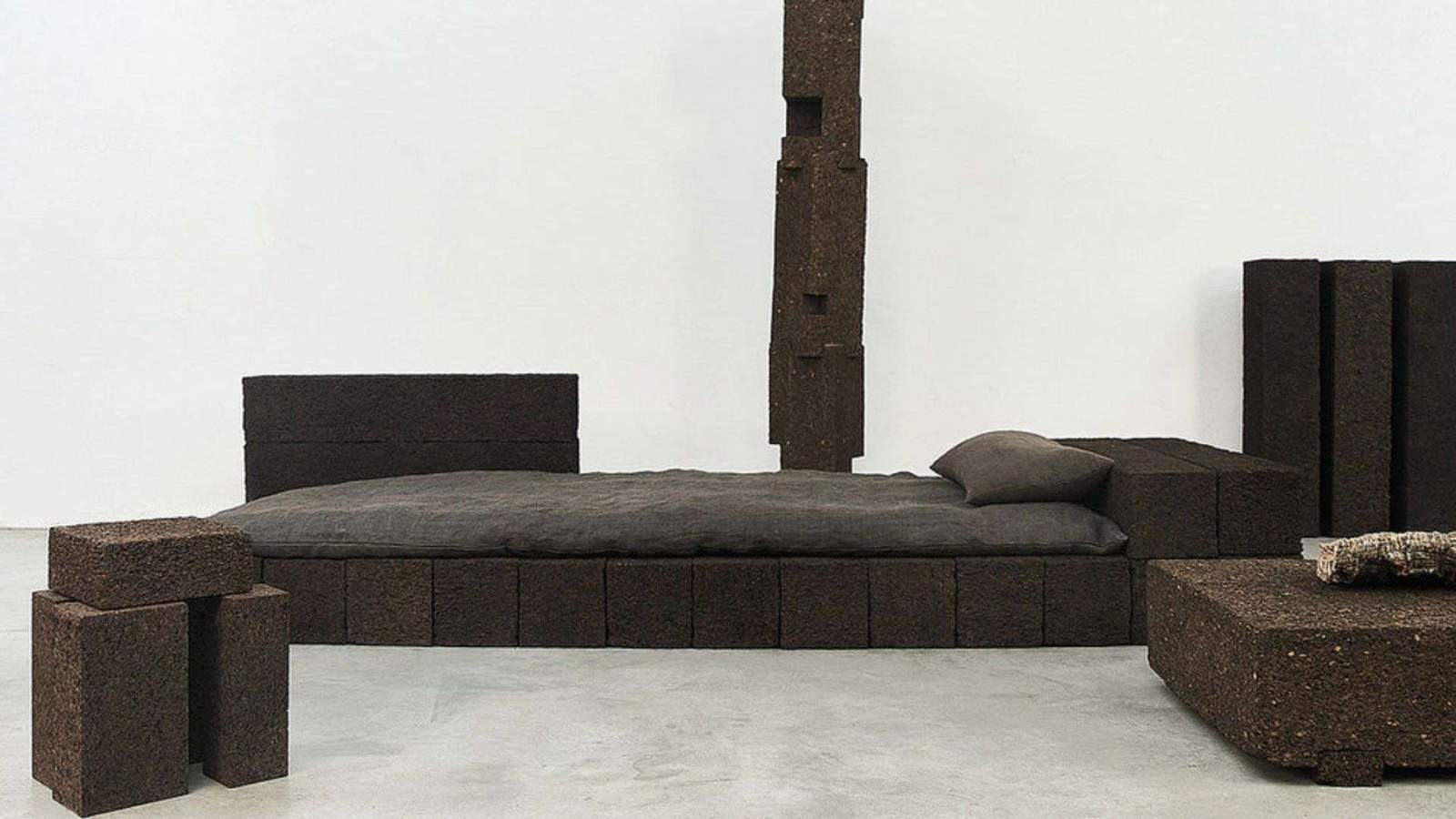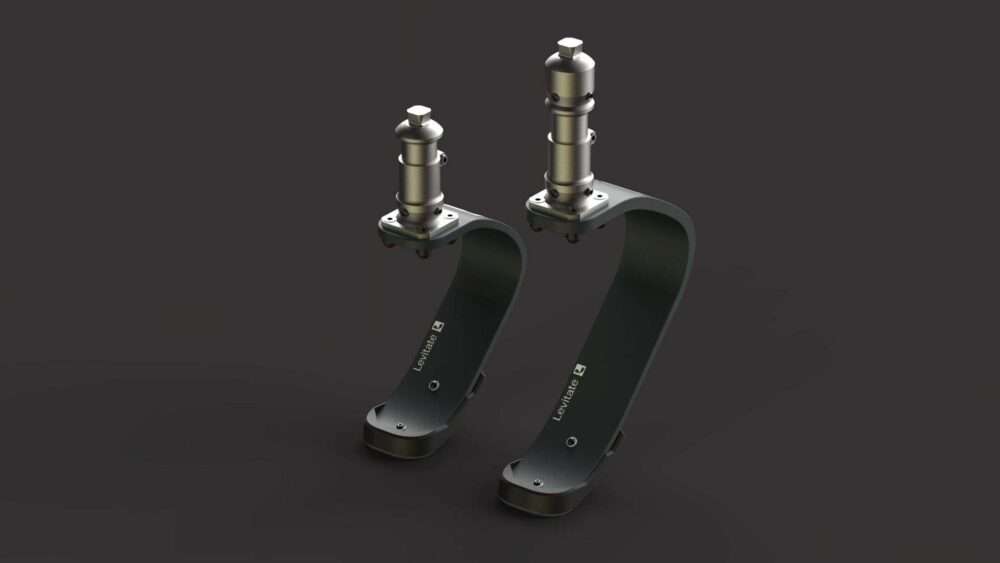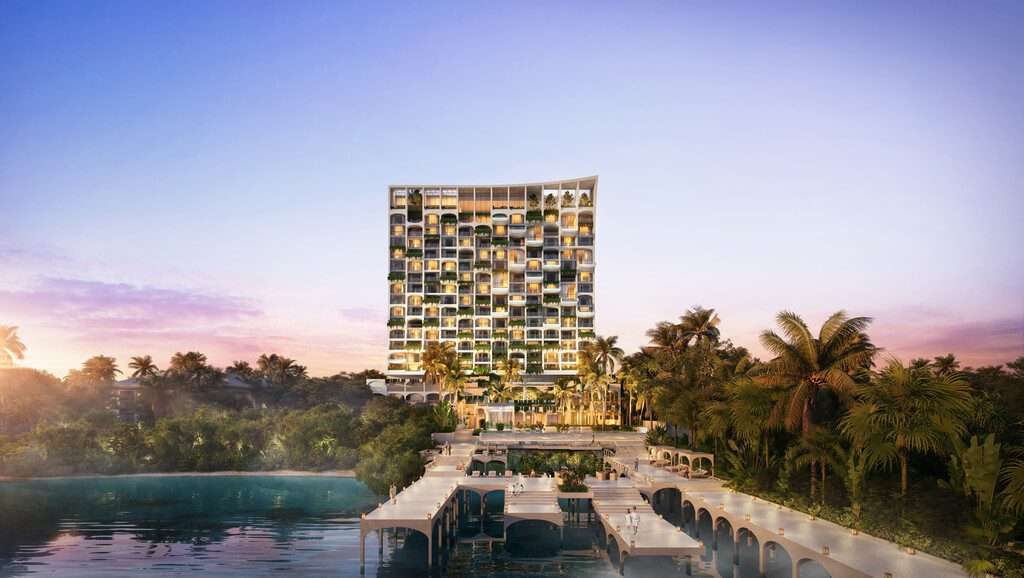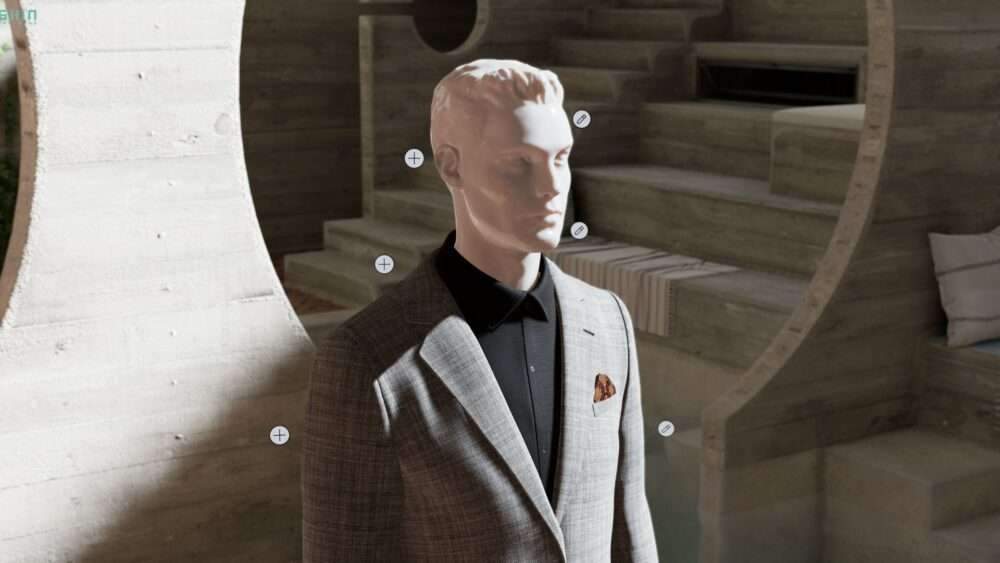The Cordoba Mosque-Cathedral, also known as the Mezquita-Catedral, stands as one of Spain’s most significant historical landmarks, blending Islamic and Christian architecture in a unique harmony. This article traces the mosque’s journey from its establishment in the 8th century, through its expansions and transformation into a cathedral, focusing on its architectural details like the forest of columns and the mihrab. It also explores its cultural and historical aspects, including the hydraulic system and the interplay of civilizations. The article concludes with a personal analysis, frequently asked questions, and a summary table of key points.
History: From Mosque to Cathedral
Construction of the Cordoba Mosque began in 784 CE on the ruins of a Visigothic church. It underwent significant expansions between the 8th and 10th centuries, making it one of the largest mosques in the Islamic world at the time.After Cordoba’s reconquest in 1236 CE, Christian authorities converted the mosque into a cathedral and added Christian elements, such as a Gothic cathedral, in the 16th century.
| Event | Date | Details |
|---|---|---|
| Start of Construction | 784 CE | Built on the ruins of a Visigothic church. |
| Expansions | 8th-10th CE | Expanded to accommodate more worshippers. |
| Conversion to Cathedral | 1236 CE | Christian elements added after the reconquest. |
| Gothic Cathedral Construction | 16th CE | A cathedral was built within the mosque. |
“In 1984, the Mosque-Cathedral was inscribed as a UNESCO World Heritage Site, recognizing its historical and architectural value.”
(Source: UNESCO World Heritage Centre, whc.unesco.org)
Architecture: Details Bridging Civilizations
Forest of Columns
The prayer hall houses 856 columns made of marble, jasper, and granite, sourced from Roman and Byzantine structures. Horseshoe-shaped double arches, painted in red and white, connect these columns.The columns showcase engineering ingenuity, with stone bases of varying sizes used to level the floor.
The Mihrab
The mihrab, designed in the 10th century, is among the most beautiful in the Islamic world. It features a shell-shaped dome covered in golden mosaics crafted by Byzantine artisans. Quranic inscriptions from Surah An-Nur, written in ornate Kufic script, surround it.


“The mihrab reflects cultural exchange between Al-Andalus and the Byzantine Empire, with artisans sent by the Byzantine emperor to decorate it.”
(Source: Instituto Andaluz del Patrimonio Histórico, iaph.es)
Domes and the Royal Door
The domes, adorned with golden and blue mosaics, are supported by intersecting ribs forming a star-shaped design, an innovation that later inspired Gothic architecture. The Royal Door, one of the oldest entrances, features intricate plasterwork and Kufic inscriptions mentioning the artisans’ names, a rare detail in Islamic architecture.
Cultural Aspects: A Symbol of Integration
The mosque blends Umayyad, Visigothic, and Roman influences, making it a model of cultural integration. Its windows allow natural light to highlight the mosaics’ beauty, while the columns and arches enhance acoustics, carrying the imam’s voice clearly. A hydraulic system beneath the floor, used for ablution and irrigation, demonstrates advanced engineering.

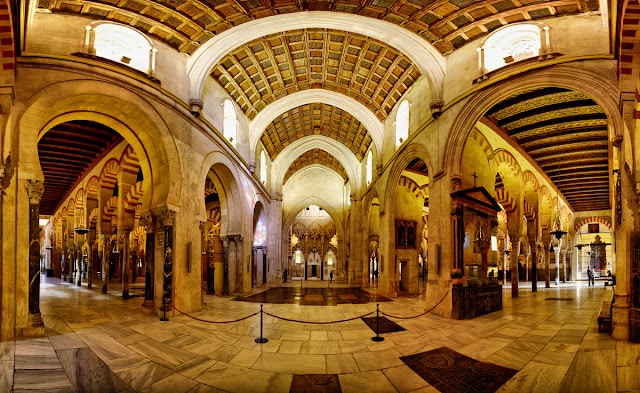
Lesser-Known Details
- Mihrab Orientation: The mihrab faces south instead of Mecca, reflecting a tradition inspired by the Umayyad Mosque in Damascus.
- Lost Library: The mosque was a cultural hub with a vast library, most of whose manuscripts were lost after Cordoba’s fall.
- Symbolic Colors: The red in the arches symbolizes life, while white represents purity in Andalusian culture.
ArchUp Opinion: Analysis and Critique
The Cordoba Mosque-Cathedral is an exceptional example of architectural creativity, blending aesthetics and functionality. The forest of columns creates a sense of vastness and spirituality, while the Byzantine mosaics highlight a high level of cultural collaboration. However, the addition of the Gothic cathedral in the center raises questions about balancing heritage preservation with new additions. This insertion reduced the original mosque’s space, potentially diminishing the visitor’s experience of its Islamic design.From an architectural perspective, designers could have integrated the Christian elements more subtly to preserve visual harmony.
Frequently Asked Questions (FAQ)
Is the Cordoba Mosque still used as a mosque?
No, it currently serves as a cathedral. However, Islamic prayers may take place in exceptional cases when authorized by the relevant authorities.
Why doesn’t the mihrab face Mecca?
Its southern orientation reflects a tradition in the western Islamic world, influenced by the Umayyad Mosque in Damascus.
Can the Mosque-Cathedral be visited?
Yes, it is open to visitors as a tourist site and is one of Spain’s most visited landmarks.
What makes the mosque unique?
Its architectural design, combining Islamic, Byzantine, and Roman influences, alongside engineering feats like the hydraulic system.
Summary Table
| Aspect | Details |
|---|---|
| Construction History | Began in 784 CE, expanded in 8th-10th CE, converted to cathedral in 1236 CE. |
| Forest of Columns | 856 columns with red-and-white double arches. |
| Mihrab | Adorned with Byzantine mosaics and Surah An-Nur inscriptions, faces south. |
| Hydraulic System | Underground system for ablution and irrigation. |
| Current Status | Cathedral and UNESCO World Heritage Site, attracts millions of visitors annually. |
The Cordoba Mosque-Cathedral illustrates how architecture can bridge civilizations, preserving the legacy of Al-Andalus in the heart of Spain.



